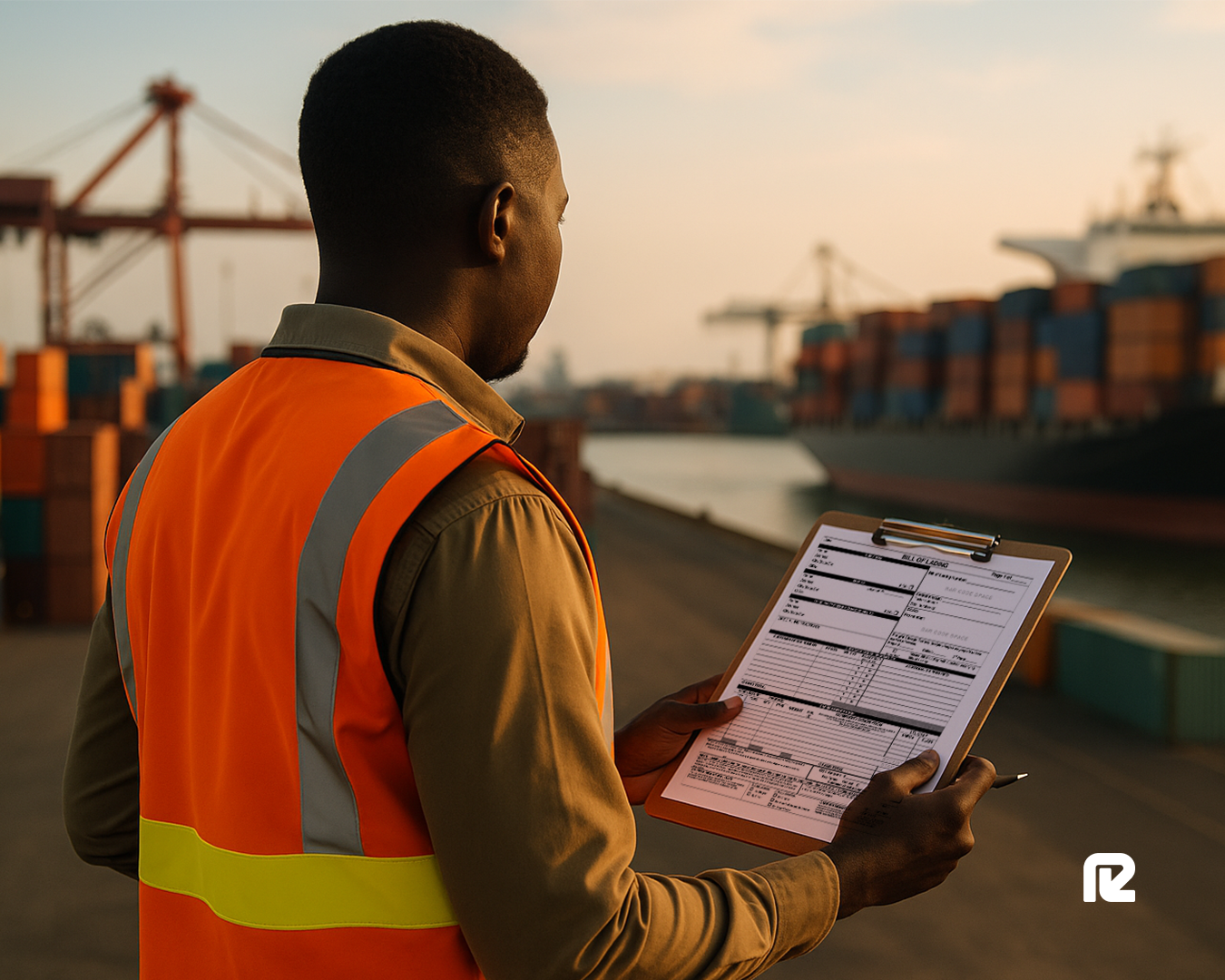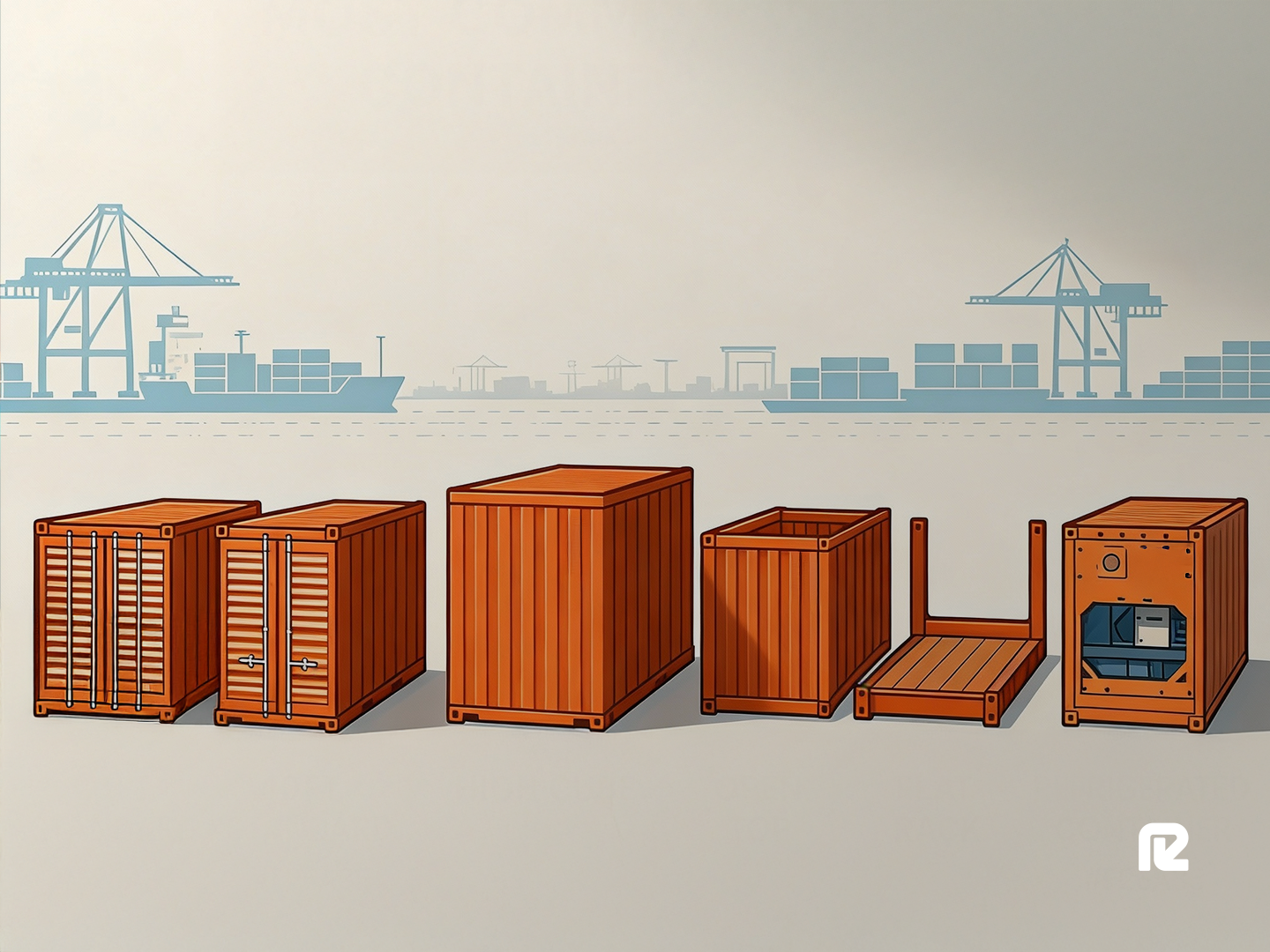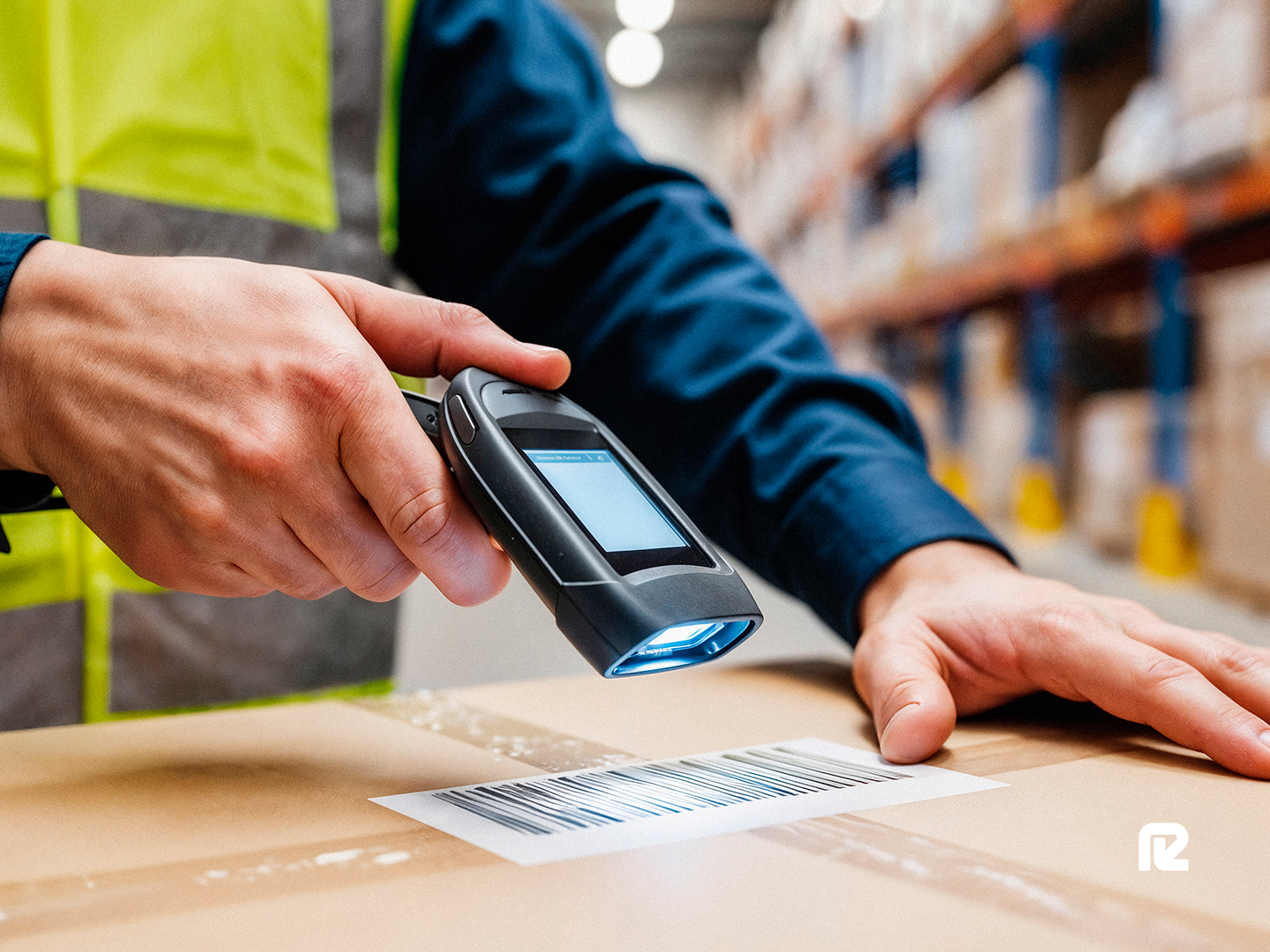Mastering the Bill of Lading: What It Means for Efficient, Compliant Shipping


If you’re shipping goods internationally, then it’s essential to have a familiarity with a Bill of Lading (BOL). This paperwork proves proof of ownership, enables financing, and is needed to get goods from point A to point B without legal or logistical chaos.
In this article, we break down what a Bill of Lading is, the different types you might encounter, and why choosing the right one and managing it correctly is essential for smooth, secure, and compliant freight operations.
What is a Bill of Lading?
A bill of lading, also known as a BOL or B/L, is a legal document used in international trade and shipping that must be issued by a carrier to confirm products and goods for transport. It acts as part receipt, part contract, and part proof of ownership, providing an audit trail for shipping goods. The bill of lading needs to accompany the products shipped and be signed by three parties along the journey: the carrier, shipper, and receiver.
A bill of lading plays three essential roles:
· Receipt of Goods: Confirms that the carrier has received the products and they appear to be in good condition.
· Contract: Acts as proof of the contract between the carrier and the shipper and outlines the terms.
· Document of Title: This represents the owner of goods and allows the goods holder to claim and accept them on delivery.
This document is vital during transport, as without a bill of lading, there will be significant delays. As the document proves ownership, the carrier will likely not release the cargo, leading to demurrage fees, significant delays, and complications in receiving goods. The BOL is also important for dispute resolution, as it shows evidence of the shipment terms and who might be liable for any damages.
Different Types of BOL
Although all bills of lading will have the information we discussed above, there are many types of BOLs, which are used in slightly different situations. Understanding these types is important, as they can influence elements like payment timelines and ownership rights, and let the shipper know what the status of their products is. Below are some common types of BOLs:
A Clean BOL is issued when the goods have been loaded onboard in good condition without any visible defects or damage to the packaging. It’s issued after the carrier has completed its inspections. If the carrier notices there are discrepancies in the condition of the goods, like clear damages, then a Clause BOL, otherwise known as a Dirty or Foul Bill of Lading, will be issued.
A Straight BOL, also known as a Consignment Bill of Lading, is a non-negotiable agreement that the seller will use a specific mode of transport for the goods. This is mostly used when the products are being shipped directly to the customer, and the rights for the shipment cannot be transferred to another party.
A Through BOL is mostly used when shipping goods internationally and across borders, as these types of cargo will need more extensive coverage. Typically, a standard BOL will cover one leg of a journey; a through BOL covers multiple modes of transportation.
There are many other types of BOLs, and a good freight forwarder can help match the right type of BOL to each shipment’s needs.
Electronic Bills of Lading (eBOLs)
It’s also important to mention that Electronic Bills of Lading (eBOLs) are gaining traction for their speed, security, and lower costs. An eBOL essentially holds the same information as its paper version and has the same legal standing, but eliminates manual processing to improve operational efficiencies.
Legal Frameworks That Matter
It’s crucial to understand the legal context of a bill of lading to reduce any potential risks and delays. International conventions and national laws define how a BOL works and who will be liable if mistakes are made, and outline the responsibilities between carriers, shippers, and consignees.
The Hague-Visby Rules
The Hague Rules are among the most widely adopted international frameworks for shipping, setting minimum standards and outlining when a carrier is liable for loss or damage. They aim at unifying the rules of law related to bills of lading. Most countries taking part in maritime trade follow these rules in some form.
The Hague-Visby rules are complex; however, in basic terms, the rules address that the carrier must ensure:
- The ship is seaworthy, clean, and fit to carry cargo
- The ship is properly manned and equipped
- That the holds are ready to load, carry, preserve, and discharge the cargo
- To issue a bill of lading after loading
Hamburg Rules
These rules were introduced to give protection to cargo owners and shift more responsibility to carriers. It makes sure that the carrier is liable from the time the goods are accepted until they are delivered to the port.
Both these conventions are the legal backbone of BOL use in international trade, and freight forwarders will be aware of which applies and in what context in specific shipping scenarios.
National Laws and Local Regulations
Even though the global conventions mentioned above apply in almost every country, there are also national laws and local regulations to adhere to, as each country enforces bill of lading rules slightly differently, especially about electronic BOLs. In Southern Africa, customs laws and regional trade regulations significantly affect how BOLs are issued, submitted, and accepted. Below are a few examples:
- Original hard copies of BOLs are often required for Zambia and the DRC; electronic copies for these countries may not be accepted, leading to delays.
- South Africa follows the Merchant Shipping Act, which incorporates the Hague-Visby rules and does recognize digital documentation in some contexts, but not all.
- In Mozambique, digital submissions for BOLs are accepted for some types of freight; however, there are strict rules for this that must be followed, as well as physical copies often needed during final clearance.
Bill of Lading vs. Charterparties
The relationship between charter parties and bills of lading can be confusing, especially has both can exist in the same shipment. Whereas a bill of Lading is standardized and regulated as a legal document, charter parties can be more customized contracts for the use of an entire vessel, not just the goods on it.
- The charter party contract sets out the terms for using the vessel, including loading and discharge points, laytime, demurrage, and freight payments.
- The bill of lading is between the carrier and any 3rd party holder of the BOL; this is often a buyer or consignee.
Why does this matter? It mainly comes down to disputes, like damage to goods while in transit, and who is responsible for the damage. The legal route for resolution will depend on the contract that applies. If the dispute is between the charterer and the ship, the charter party applies. If it’s a dispute between the BOL holder and the carrier, the BOL stands.
A freight forwarder will help ensure consistency across both documents, especially when selling goods in transit or handling cargo with multiple handovers.
Reload Logistics services—from warehousing to multimodal transport—are designed to keep your documents, cargo, and compliance aligned across borders.
Final Thoughts: BOLs as Strategic Tools
A Bill of Lading might seem like ‘just a formality’, but in practice, it shapes every stage of the shipping journey. Missteps in how it’s issued, handled, or interpreted can lead to delays, disputes, or even the loss of cargo.
Whether you’re navigating complex trade routes in Southern Africa or managing international shipments with multiple handovers, understanding your BOL is critical. So is having a logistics partner that knows how to keep the paperwork in sync with the real world.
At Reload Logistics, we move goods with full legal, commercial, and operational confidence. Our integrated approach helps clients across the region avoid common pitfalls and keep their supply chains flowing smoothly.
Need help getting your documentation right from day one? Reach out to Reload Logistics for reliable, compliant, and regionally informed freight support.
FAQs
Who receives a bill of lading?
The consignee or their authorized agent receives the BOL, which is necessary to claim the goods upon delivery.
Who pays for a bill of lading?
Depending on Incoterms, either the shipper or the buyer covers BOL costs.
Who prepares the bill of lading?
Typically, the carrier prepares the BOL based on instructions from the freight forwarder or shipper.
Do all shipments have a bill of lading?
Yes—every cargo movement requires some form of BOL or waybill to document and authorize transport.
Categories






